When it comes to safeguarding our assets and ensuring the security of our premises, having the appropriate access control system in place becomes paramount. We all know the importance of controlling who has entry to our facilities, but have you ever considered the potential risks and vulnerabilities that can arise from an inadequate or outdated system?
In this discussion, we will explore the reasons why selecting the right access control system is crucial, and how it can provide us with peace of mind and protection against potential threats.
So, let's dive into the world of access control systems and uncover the key factors that make them an essential component of any security strategy.
Importance of Access Control Systems
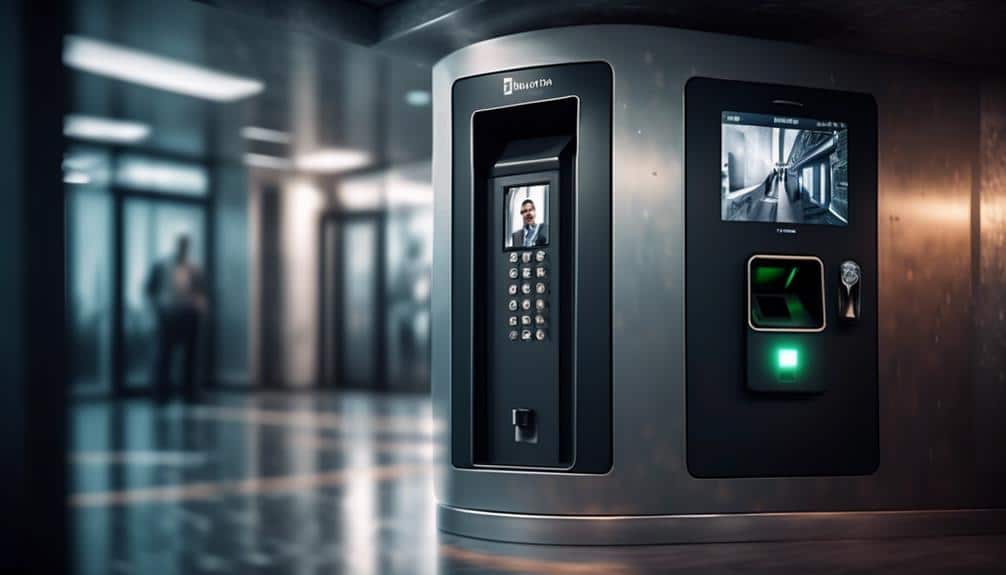
Access control systems play a crucial role in ensuring the security and integrity of physical and digital assets within an organization. When implementing an access control system, there are several factors to consider in order to maximize its effectiveness.
One of the key features to look for is the ability to grant or deny access based on user credentials such as passwords, smart cards, or biometric information. This ensures that only authorized individuals are allowed entry into restricted areas or given permission to access sensitive data.
Another important functionality to consider is the ability to monitor and log access attempts. This allows for the identification and investigation of any unauthorized access attempts or suspicious activities. Additionally, the system should provide real-time alerts to notify security personnel of any potential security breaches.
Integration with other security systems is also a critical factor. An access control system that can seamlessly integrate with video surveillance, intrusion detection, and alarm systems ensures a comprehensive and layered security approach.
Furthermore, scalability and flexibility shouldn't be overlooked. The access control system should be able to accommodate the changing needs of the organization, such as the addition of new employees or the modification of access levels.
Factors to Consider
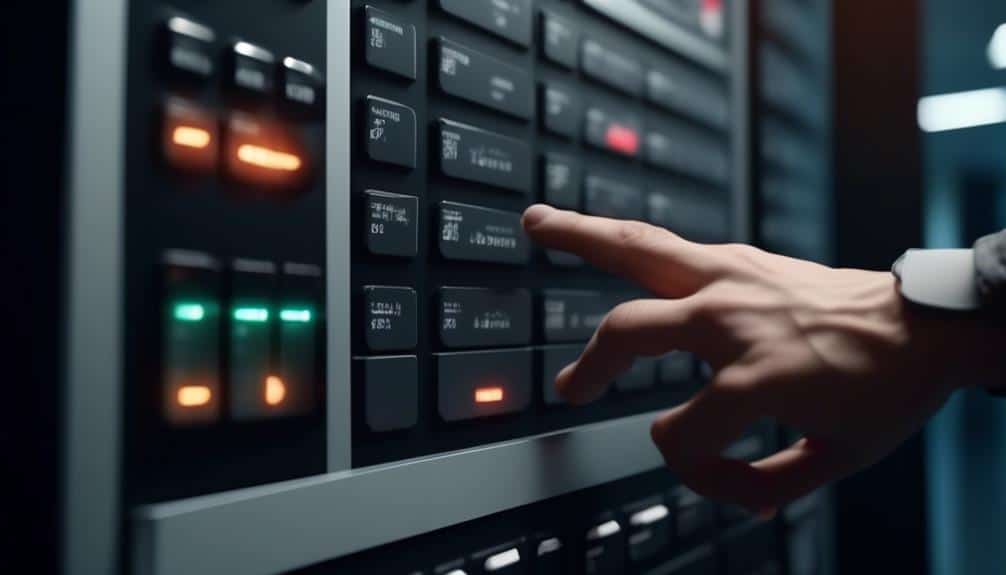
When evaluating access control systems, it's important to consider various factors to ensure optimal functionality and security. These factors can impact the effectiveness and efficiency of the system, as well as the overall user experience. By understanding and addressing these factors, organizations can mitigate implementation challenges and achieve a robust access control solution.
One factor to consider is the scalability of the system. As an organization grows, the access control system should be able to accommodate an increasing number of users and devices. It should be flexible enough to handle future expansion without significant disruptions or additional costs.
Another important factor is the integration capability of the system. It should be able to seamlessly integrate with other security systems, such as video surveillance or alarm systems, to provide a comprehensive security solution. Integration allows for better coordination and response in the event of security incidents.
Additionally, the ease of use and user experience should be taken into account. The system should have an intuitive interface and straightforward processes for granting or revoking access. This reduces the likelihood of user errors and improves overall efficiency.
Furthermore, the system's reliability and resilience are crucial factors. It should be able to operate consistently and withstand potential disruptions, such as power outages or network failures. Having redundant systems and backup mechanisms in place can prevent downtime and maintain security.
Lastly, the cost of implementation and maintenance should be considered. Organizations should evaluate the total cost of ownership, including upfront expenses, ongoing maintenance, and potential upgrades. It's important to strike a balance between the level of security provided and the budget allocated.
Consideration of these factors will help organizations select the right access control system that addresses their specific needs and mitigates potential implementation challenges.
Types of Access Control Systems
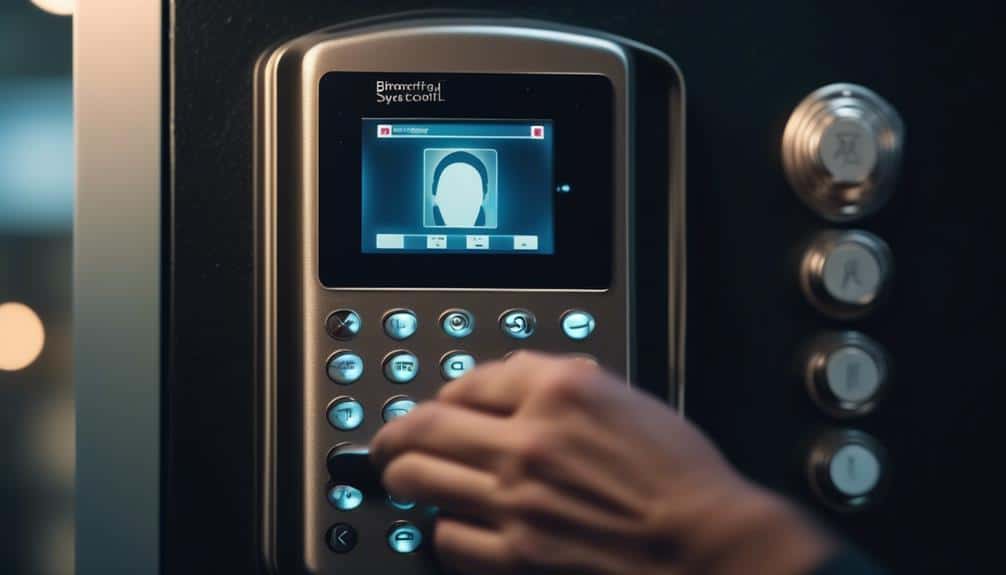
There are several distinct types of access control systems that organizations can choose from to enhance their security measures. These systems are designed to regulate and monitor access to physical spaces, ensuring that only authorized individuals can enter.
Two common types of access control systems are biometric access control and card access control.
- Biometric access control: This type of system uses unique physical or behavioral characteristics, such as fingerprints or iris patterns, to verify a person's identity. Biometric access control provides a high level of security, as it's difficult to forge or replicate these characteristics. It's also convenient, as individuals don't need to carry physical cards or remember passwords.
- Card access control: This system relies on the use of identification cards or key fobs to grant access. Each card is programmed with specific access permissions, allowing individuals to enter certain areas based on their authorization level. Card access control systems are widely used and offer a good balance between security and convenience.
Organizations should carefully evaluate their security needs and consider factors such as budget, scalability, and integration capabilities when choosing the right access control system for their premises.
Key Features and Functionality
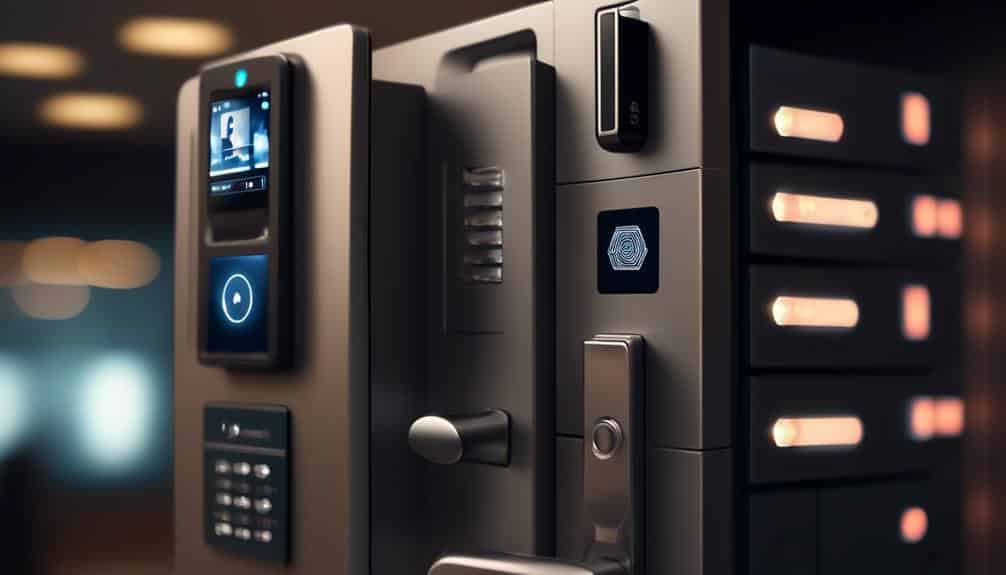
When it comes to access control systems, it's crucial to understand their key features and functionality. These aspects play a vital role in enhancing security measures within a facility.
Importance of Access Control
Access control plays a vital role in ensuring the security and integrity of a system by regulating and managing user permissions and privileges. It's essential to implement effective access control technologies and solutions to protect sensitive information and prevent unauthorized access.
Here are three key reasons why access control is important:
- Enhanced Security: Access control systems provide an extra layer of security by allowing only authorized individuals to access specific areas or resources. This helps prevent unauthorized entry and reduces the risk of theft, vandalism, or data breaches.
- Improved Compliance: Access control solutions help organizations meet regulatory requirements and industry standards by ensuring that only authorized personnel can access sensitive data or restricted areas. This helps maintain compliance and avoid penalties or legal issues.
- Increased Operational Efficiency: By providing a centralized system to manage user access, access control solutions streamline administrative tasks and reduce the need for manual processes. This improves efficiency, reduces errors, and saves time and resources.
Enhancing Security Measures
To enhance security measures, access control systems offer key features and functionality that regulate and manage user permissions and privileges. These systems improve employee productivity by ensuring that only authorized personnel have access to specific areas or resources. By reducing unauthorized access, access control systems minimize the risk of theft, vandalism, and other security breaches.
Key features include the ability to assign access levels to individuals or groups, monitor and track user activity, and generate detailed reports. Additionally, access control systems can integrate with other security solutions such as video surveillance and alarm systems, providing a comprehensive security solution.
With these features and functionality, access control systems play a crucial role in enhancing security and maintaining a safe and productive environment.
Benefits of Implementing the Right System

When it comes to implementing the right access control system, there are several benefits to consider.
Firstly, it enhances security measures by providing a reliable means of controlling access to sensitive areas or information.
Additionally, it streamlines access management, allowing for efficient monitoring and tracking of individuals entering and exiting a facility.
These benefits contribute to a more secure and organized environment, ultimately improving overall operations.
Enhanced Security Measures
Implementing the right access control system significantly enhances security measures, providing a more robust and effective defense against unauthorized entry. By leveraging smart technology and physical safeguards, organizations can create a comprehensive security ecosystem that minimizes risks and ensures the safety of their premises.
Here are three key ways in which the right access control system enhances security:
- Advanced authentication methods: Access control systems enable organizations to implement multi-factor authentication, such as biometric recognition or smart cards, which are more secure than traditional methods like keys or passwords.
- Real-time monitoring and alerts: With the right system in place, organizations can monitor access attempts in real-time and receive immediate alerts for any suspicious or unauthorized activities, allowing for prompt response and mitigation.
- Access restriction and audit trail: The system enables organizations to control and restrict access to specific areas, ensuring that only authorized personnel can enter. Additionally, it provides a detailed audit trail, allowing for easy identification and tracking of access events.
Streamlined Access Management
By implementing the right access control system, organizations can streamline access management, improving efficiency and security.
Access control efficiency is crucial for organizations to ensure that authorized individuals have quick and easy access to the resources they need, while unauthorized access attempts are promptly identified and prevented.
The right system can automate access management processes, such as granting or revoking access rights, which can save time and reduce administrative burden.
Additionally, access control integration allows organizations to centralize access management across different systems and platforms, providing a unified and consistent approach. This integration eliminates the need for separate access management processes for each system, reducing complexity and increasing operational efficiency.
Best Practices for System Implementation
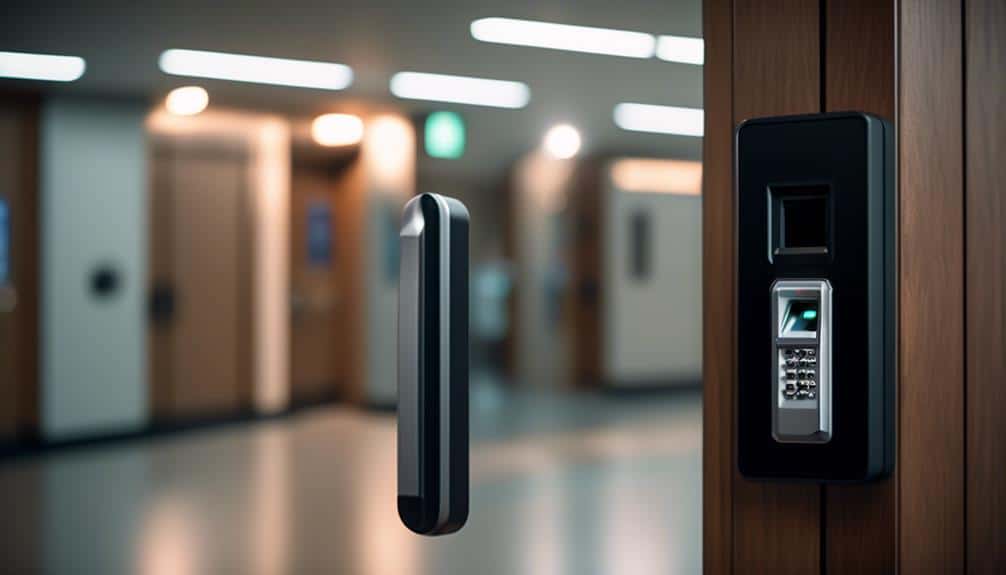
To ensure a successful implementation of an access control system, it's crucial to adhere to best practices that prioritize efficiency, security, and user-friendliness. Here are three key best practices for system implementation:
- Thorough system integration:
When implementing an access control system, it's important to ensure seamless integration with existing systems and infrastructure. This includes integrating the access control system with other security systems such as video surveillance and alarm systems. Thorough system integration allows for centralized management and real-time monitoring of access control activities.
- Robust user authentication:
User authentication is a critical component of any access control system. Implementing strong authentication methods, such as two-factor authentication or biometric authentication, enhances security by ensuring that only authorized individuals can access restricted areas. It's important to choose authentication methods that are both secure and user-friendly, striking the right balance between convenience and protection.
- Regular system audits and updates:
Implementing an access control system isn't a one-time task; it requires ongoing maintenance and updates. Regular system audits help identify and address any vulnerabilities or weaknesses in the system, ensuring that it remains secure and effective. It's also important to stay up to date with the latest industry standards and best practices and implement necessary updates to keep the system optimized and secure.
Frequently Asked Questions
How Do Access Control Systems Help Prevent Unauthorized Access?
Role-based access and biometric authentication are key components of access control systems. They help prevent unauthorized access by ensuring that only authorized individuals can enter restricted areas.
What Are the Potential Risks of Not Having an Access Control System in Place?
Not having an access control system in place can expose an organization to various risks. Without proper control measures, data breaches become more likely, leading to potential loss of sensitive information and financial damage.
Security vulnerabilities are also increased, as unauthorized individuals can easily gain access to restricted areas or systems.
Implementing the right access control system is crucial to mitigate these risks and ensure the overall security and integrity of an organization's assets.
Can Access Control Systems Be Integrated With Other Security Systems?
Integration possibilities for access control systems are vast, allowing for seamless collaboration with other security systems. The benefits of integrating access control systems include enhanced security measures, efficient monitoring and management, and streamlined operations.
By combining access control with other systems such as surveillance cameras or alarm systems, organizations can create a comprehensive security solution that provides real-time insights and better protects their assets.
Integration opens up a world of possibilities, ensuring a robust and effective security infrastructure.
Are There Any Legal Requirements or Regulations Regarding Access Control Systems?
When it comes to access control systems, it's important to consider the legal requirements and regulations in place. These guidelines ensure that the system is implemented in a way that protects both individuals and organizations.
From data protection laws to industry-specific regulations, there are various factors that influence the design and operation of access control systems.
What Are Some Common Challenges Faced During the Implementation of Access Control Systems?
When implementing access control systems, we often face various challenges that can impact the overall effectiveness of the system. These challenges can include issues with system integration, compatibility with existing infrastructure, and user adoption.
It's crucial to address these challenges by following best practices such as conducting thorough system testing, ensuring proper training for users, and regularly updating and maintaining the system.


